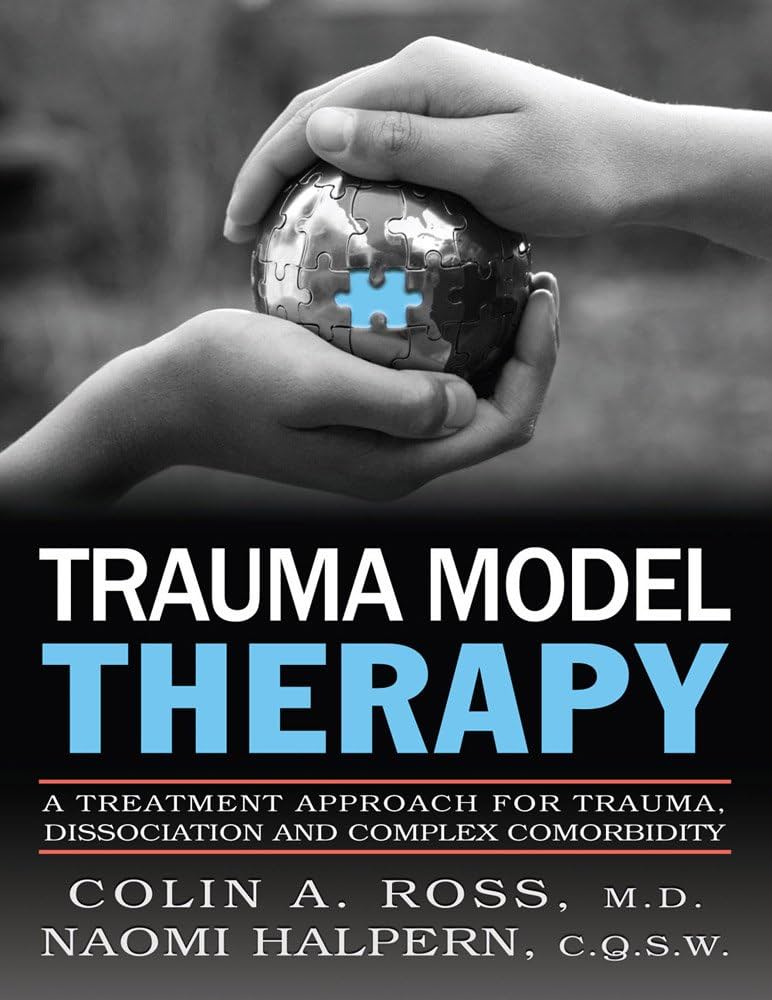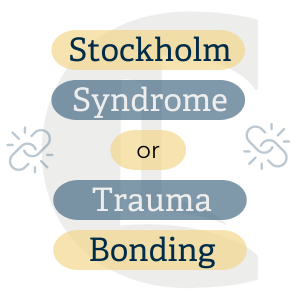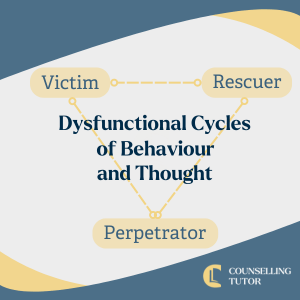Trauma Informed Practice Course
The Competence and Confidence to Work with Trauma in Your Practice.
The following article is taken from our Trauma-Informed Practice course.

The Competence and Confidence to Work with Trauma in Your Practice.
Trauma Model Therapy (TMT), developed by Colin A. Ross and Naomi Halpern, combines cognitive-behavioural, psychodynamic, and experiential approaches, offering a structured framework for trauma recovery. Though designed within a medical context, its principles are adaptable to various therapeutic settings.
The therapy’s focus on attachment dynamics, locus of control, substance abuse, and the victim-rescuer-perpetrator triangle provides a comprehensive toolset for working with trauma-affected individuals.
This article explores the key components of TMT and its practical applications in psychotherapy, emphasising attachment healing, fostering internal control, and addiction recovery.


A critical aspect of TMT is addressing the client’s attachment to their perpetrator, often manifested as Stockholm Syndrome or trauma bonding. Survivors of trauma can develop attachments to their abusers due to small perceived acts of kindness, leading to complex emotional ties. This can result in a cycle of fear-based attachment, where the client feels a deep connection with their abuser, complicating their recovery.
Therapists should recognise and validate these attachments’ nature, helping clients build healthier relationships. The therapeutic relationship becomes a model for a safe and boundaried attachment, guiding the client toward healthier relational patterns. For example, some clients may find healthy interactions with their counsellor novel, particularly those whose past relationships were exploitative or unsafe.
Locus of control, introduced by Julian Rotter, is a critical concept in TMT, particularly for trauma survivors who often believe external forces (e.g. fate, karma, or their abuser’s influence) control their lives. An external locus of control can perpetuate victimisation and disempowerment, while an internal locus promotes self-efficacy and recovery.
Counsellors can assist clients in recognising self-limiting beliefs instilled by trauma and external forces. Through therapeutic interventions, clients are encouraged to regain agency, rejecting harmful narratives that perpetuate their victimhood. This shift allows clients to take responsibility for their recovery, fostering resilience and self-empowerment.
Self-medication through substance use is a typical response to trauma, where clients turn to drugs or alcohol to alleviate emotional distress. However, addiction can lead to dissociation and further disconnection from recovery processes.
Therapists should assess whether a client’s substance use is impeding therapeutic progress. In cases of significant addiction, a dual approach may be necessary, where addiction treatment is pursued in tandem with trauma therapy. It’s crucial to approach this with empathy, recognising that clients may use substances as a coping mechanism. Assisting clients in exploring healthier coping strategies while acknowledging the temporary relief substances provide can facilitate long-term recovery.

The victim-rescuer-perpetrator triangle in TMT, an adaptation of the Karpman Drama Triangle, offers insight into how clients relate to themselves and others. Trauma survivors may oscillate between seeing themselves as victims, perpetrators, or rescuers, trapping them in dysfunctional cycles of behaviour and thought.
Practitioners must be aware of this triangle’s impact on the therapeutic relationship, as clients may unconsciously invite the therapist into one of these roles.
By remaining outside these dynamics and helping the client observe their participation in the triangle, you can support the client in breaking these patterns. Regular supervision and reflection on transference and countertransference issues are vital for counsellors to avoid being pulled into these roles.
Trauma Model Therapy provides a structured yet flexible framework for addressing trauma’s profound effects on individuals. By understanding and integrating its core components—perpetrator attachment, locus of control shifts, substance use management, and the victim-rescuer-perpetrator triangle—therapists can help clients move toward recovery and autonomy.
The therapeutic relationship becomes crucial, modelling healthy attachment and empowering clients to reclaim control over their lives. For practitioners, navigating these dynamics requires self-awareness, supervision, and a commitment to trauma-informed practice.
Clarkson, P. (2003). The Therapeutic Relationship. Whurr Publishers.
Karpman, S. (1968). Fairy tales and script drama analysis. Transactional Analysis Bulletin, 7(26), 39-43.
Ross, C. A., & Halpern, N. (2009). Trauma Model Therapy: A Treatment Approach for Trauma, Dissociation and Complex Comorbidity. Manitou Communications.
Notice any broken link or issues with this resource? Kindly let us know by email
Email us